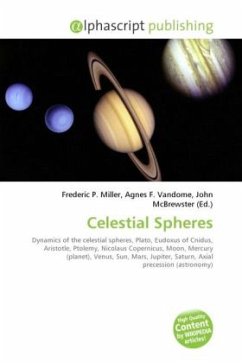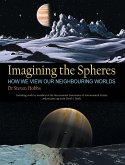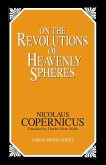High Quality Content by WIKIPEDIA articles! The celestial spheres, or celestial orbs, were the fundamental entities of the cosmological models developed by Plato, Eudoxus, Aristotle, Ptolemy, Copernicus and others. In these celestial models the stars and planets are carried around by being embedded in rotating spheres made of an aetherial transparent fifth element (quintessence), like jewels set in orbs. In Ptolemy's geocentric model adopted in the middle ages, the planetary spheres (i.e. those that contained planets) were arranged outwards from the spherical, stationary Earth at the centre of the universe in this order: the spheres of the Moon, Mercury, Venus, Sun, Mars, Jupiter, and Saturn. The planetary spheres were followed by the stellar sphere containing the fixed stars; other scholars added a ninth sphere to account for the precession of the equinoxes, a tenth to account for the supposed trepidation of the equinoxes, and even an eleventh to account for the changing obliquity of the ecliptic. In antiquity the order of the lower planets was not universally agreed. Plato and his followers ordered them Moon, Sun, Mercury, Venus, and then followed the standard model for the upper spheres.







